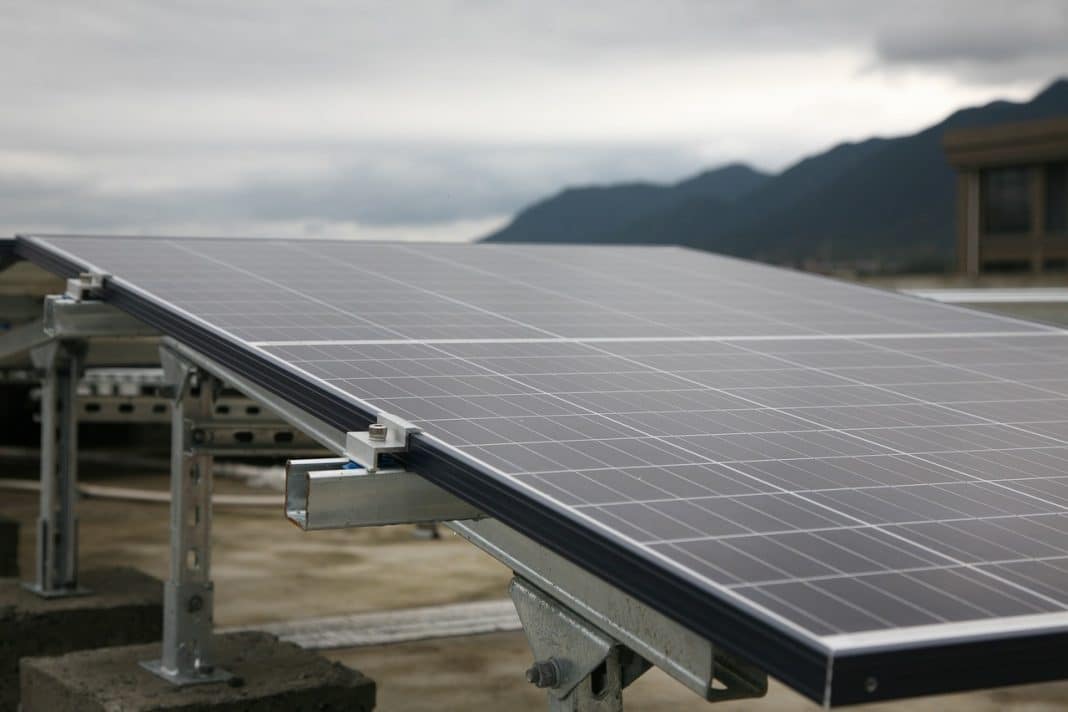The U.S. Department of Energy (DOE) is moving forward with an ambitious plan to transform the Savannah River Site (SRS) in Aiken, South Carolina, into a sprawling renewable energy complex. Through the “Cleanup to Clean Energy” initiative, the DOE is leveraging this vast 310-square-mile area, once used for nuclear materials, to support large-scale renewable energy projects.
This move aligns with the Biden-Harris Administration’s push to utilize federal properties for expanding clean power generation across the country.
Savannah River Site: A New Hub for Clean Energy and Data Center
The DOE issued a Request for Qualifications (RFQ) on August 21, inviting developers to propose carbon-free power projects with at least 200 MW of capacity at the SRS. They explained that these projects would directly use the electricity generated on-site. This initiative is part of the DOE’s broader “Cleanup to Clean Energy” effort, which aims to repurpose former nuclear sites for renewable energy production.
Advancing National Clean Energy Goals
Furthermore, the press release mentions that this initiative is a key part of President Biden’s agenda of “100% clean electricity across federal agencies by 2030”. The Cleanup to Clean Energy initiative has already seen progress, with the DOE securing agreements for solar projects at SRS and other federal sites. Other locations include the Hanford Site in Washington, the Waste Isolation Pilot Plant in New Mexico, the Nevada National Security Site, and the Idaho National Laboratory.
Some groundbreaking advancements in this field that followed a timeline and series of events are:
- On June 20, the DOE’s Office of Environmental Management announced that Stellar Renewable Power LLC was selected to begin negotiations for a commercial solar energy project at SRS.
- A month later July 18, Ameresco Inc. was chosen as the second developer for a solar project at the same site 75-MW solar farm at the site.
- By August 20, Stellar Renewable Power signed the agreement under the Cleanup to Clean Energy initiative at SRS for a 75-MW solar project, with plans to add a battery storage system.
The DOE is working closely with industry partners and local communities to develop these clean energy projects. These efforts are essential for meeting America’s rising energy demands. At the same time, they help reduce greenhouse gas emissions. With robust collaborations, the DOE can create sustainable energy solutions that benefit both the environment and the economy.
Can the DOE Quench Data Centers’ Thirst for Power?
The DOE’s push to integrate data centers into the SRS clean energy plan also reflects the growing demand for power from such facilities. A recent DOE report highlighted the immense energy needs of hyperscale data centers, which can require 300 MW to 1,000 MW of power.

The Role of AI in Increasing Energy Demands
As we have read and can now comprehended how the rise in AI applications is causing a major energy demand, concerns about them are rising too. Recent advancements in both hardware and software have enabled the development of LLMs that mimic human abilities in various tasks. These models, while powerful, require significant energy to train and deploy. This further poses challenges to energy supply and grid stability.
DOE is certainly addressing these challenges with its expertise in energy efficiency, clean energy deployment, innovative grid technologies, and AI-related energy research.
In addition, technologists and scientists involved tried finding better ways to predict power needs. They also addressed supply chain issues. However, the prime goal is to speed up the use of new technologies at the same time focus on reducing greenhouse gas emissions. Additionally, maintaining grid stability remains also remains a top priority.
However, predicting future energy demands from data centers is difficult. DOE’s report also highlighted uncertainties in private sector planning and potential energy efficiency breakthroughs that could change current projections.
Tips for a Sustainable Energy Future
Moving on, the DOE made several recommendations to address the challenges posed by the rising power demand from data centers. Notably, they are:
- Creating a data center-scale AI testbed within the DOE could help researchers develop energy-efficient and flexible AI models.
- Conducting a rapid assessment of available generation and storage technologies, particularly for backup power, which is typically supplied by diesel generators.
As AI continues to evolve, so will the challenges associated with powering it. However, with strategic planning and innovative solutions, the DOE can ensure that these demands are met sustainably and reliably. All in all, DOE will continue working on clean energy projects at the SRS and several other former nuclear sites.

